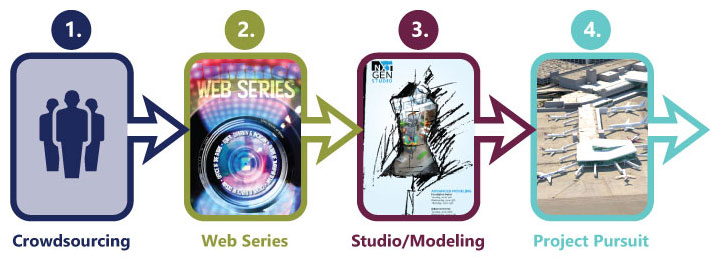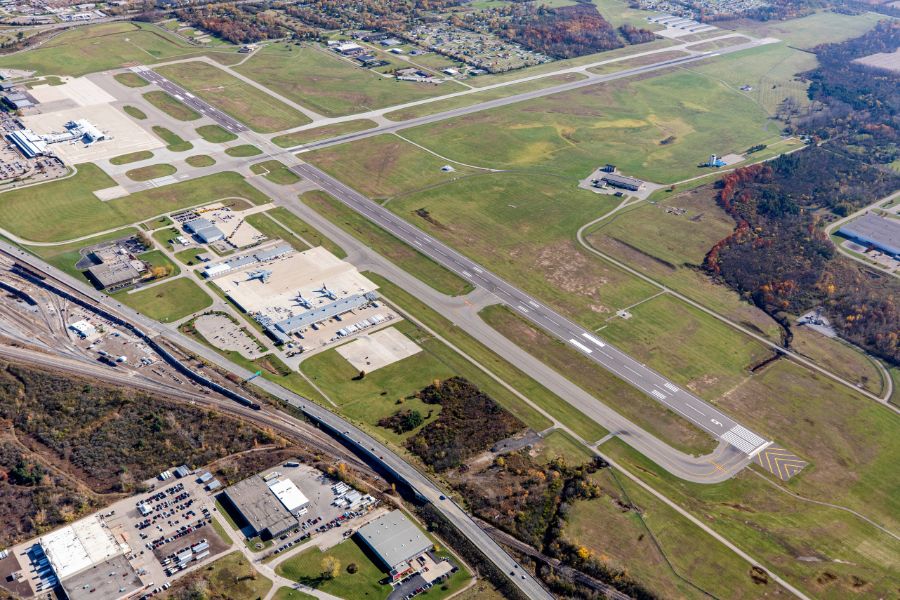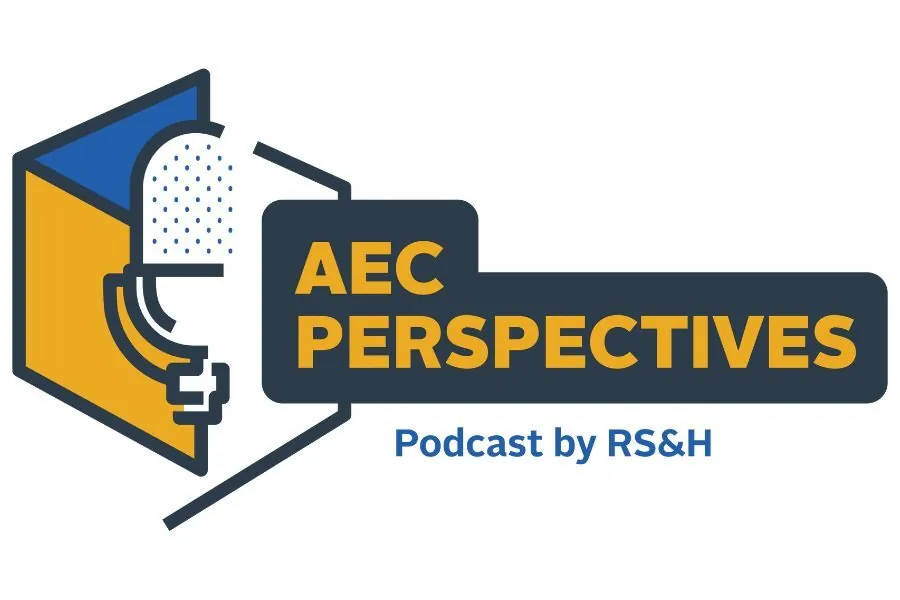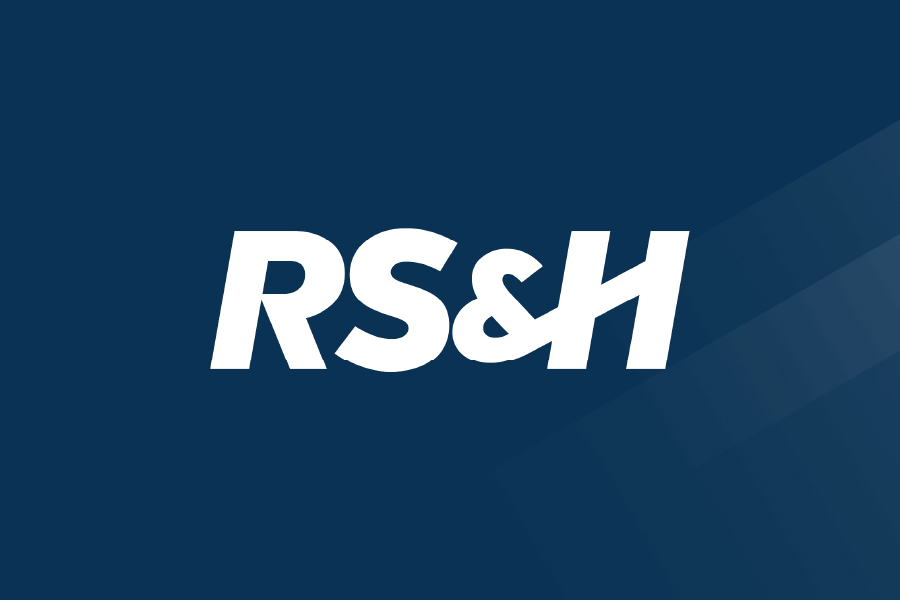Building an Engine of Innovation in 4 Steps
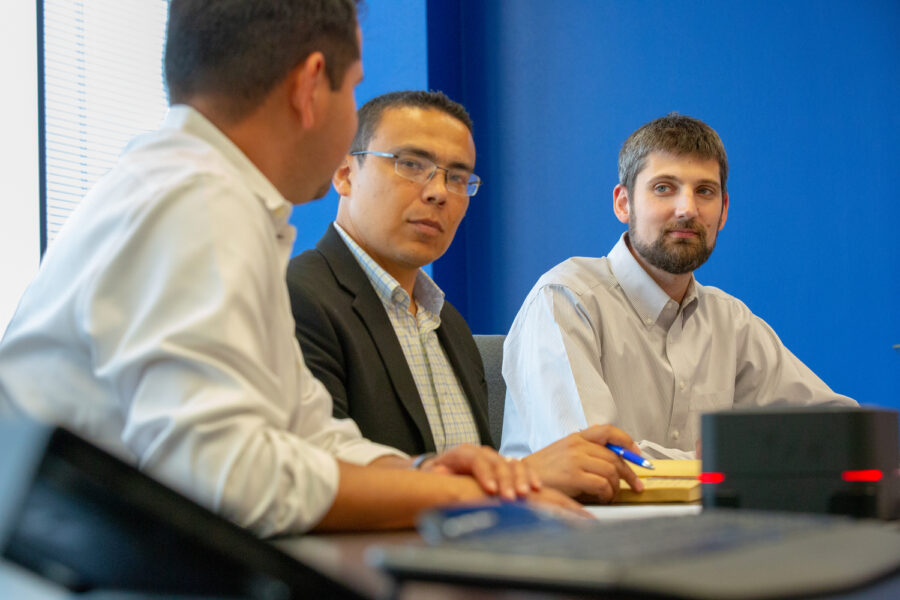
A design firm is only as strong as its team of designers. The talent an architecture firm has in its stable is directly correlated to the firm’s design capabilities, processes and, often, success.
At RS&H, we have a wealth of architects who design projects in several different industries. These projects often invite massive public use, such as airport terminals and schools. Others result in use for the greater good, like healthcare facilities and medical labs. We’ve even designed key components of America’s space program.
Over the past year, we’ve focused on bringing our architects and designers – as well as our engineers, planners, inspectors and specialists – together to collaborate and drive even more innovation. As the architecture industry continues to evolve through technology, emerging trends and an ever-changing list of best practices, we must knock down walls of internal competition and find new ways to leverage talent across practices and disciplines to provide the best projects to our clients and the community.
This line of thinking extends well beyond the design field. When you rely on everyone in your organization to find and share a better way forward, your organization can become stronger than ever in an era of change. This model has helped power the engine of innovation in our firm.
Here’s a look at what our process looks like.
Step 1: Crowdsourcing inside and out
The next big breakthrough you’re looking for may be inside your organization already. But, to find out, you must create platforms for idea sharing. This platform may be a digital worksharing platform or an internal message board, or it may be as simple as dedicating a common area inside your office as a pinup wall.
To get the most out of sharing, it’s important to ensure that everyone in the organization has access. It’s amazing what different subject matter experts can learn from each other.
Just what can be shared? On our innovation wall at RS&H, I see a post about new healthcare standards next to concepts from international design competitions and schematics from electrical engineers, as well as thought leadership stories from throughout the industry. We also have an internal social media wall where our team is posting new ideas that interest them daily.
It’s crucial to listen to voices that are different from your own and have an awareness of the profession outside the firm. Make sure you keep an eye on the work colleges and universities are doing and go to design conferences to participate in all the sessions you can.
Earlier this year, I attended a design session with students from Florida A&M University. Working with them, it was easy to see the uninhibited co-mingling of traditional and modern skills.
Sometimes the mind races ahead of the medium, and by the time the medium catches up, the mind has forgotten about that big idea. Watching the students, they created a rapid workflow that could keep pace with the wellspring of ideas. The students’ fresh take on a rich, creative workflow allowed for fast concept generation.
Step 2: Cultivate ideas by talking them out – in front of everyone
The next step is to echo this new information back into the chamber of your organization. This should be done in a public forum where, once again, all are welcome.
At RS&H, we’ve begun an initiative we call “NXT GEN,” its focal point being a monthly video session where we shine the spotlight on different practices (transportation, healthcare, corporate, etc.) and their own advances within their profession. Not only do we get to find out what our colleagues are doing, but we may be able to add ideas to their work – and vice versa.
The 20-minute sessions, which are available to be viewed live and on demand in all of our offices across the country, connect us to the greater whole and opens up new doors that otherwise may not have been walked through. Think of it as intellectual fracking.
Step 3: Develop skills as a team
Like waves washing in and back out, in step 3 we take the subject matters that coalesce from crowdsourcing and our NXT GEN webcasts, and then we take a deeper dive.
In a classroom setting, we look at the application of new technologies and then learn how to use the technologies themselves. These studio sessions empower us to accept new challenges and do the work we’ve been thinking about. This atmosphere is aimed to encourage architects and designers to reach a little further, to try new ideas.
Again, these studio learning events are open to all comers, no matter their role or discipline in the company. The inclusivity brings all the walls down. As these classes reach across all of our firm’s Practices with a groundswell of participation, the diversity is hugely rewarded.
Step 4: Incorporate your innovation into your pursuits
We recognize we have an obligation to our profession to continue to move it forward. The world is a better place when we all innovate.
But, what good is having command of an innovation if we don’t use it? The goal for this process is to bring these ideas to market and to implement them through our work. So, when our team learns new ideas and processes enough to leverage them, we give them that opportunity.
Change is inevitable, and change creates new opportunities. No matter your business, your company will be more comfortable with change when you’re the one making them. Don’t be afraid to lead.
If your firm does, you will have a vehicle for innovation that acknowledges the serendipity of a black swan event or a paradigm shift.
Granted, this can be a big investment for a firm. We all know about utilization rates and profitability, but this data can only tell us the story of our past. These metrics don’t point toward what’s ahead, the future of design.
By focusing on an engine of innovation, we will have a closer vantage point to the horizon, even as the horizon continues to change.

